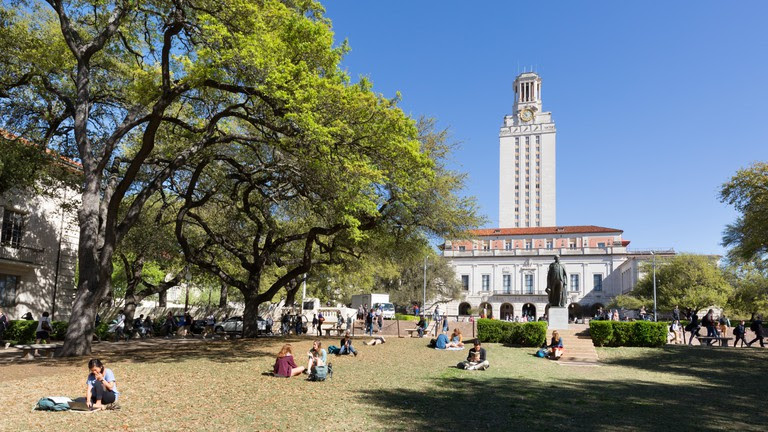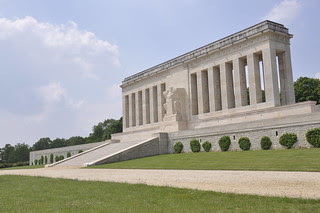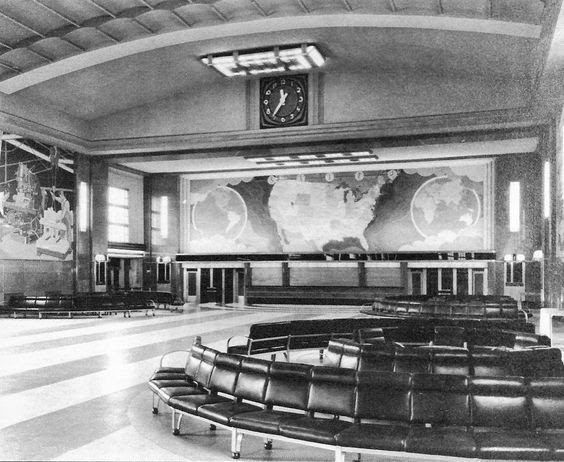Thursday, October 8, 2020 – GRAND WORKS OF ART COMPLEMENTED BY WORTHY ARCHITECTURE


THURSDAY, OCTOBER 8, 2020
The
177th Edition
From Our Archives
PAUL PHILLIPE CRET
Architect Extraordinaire
of American Monumental
Buildings

Until recently we knew little of this architect’s work. I have passed by it many times and admired it from afar. For decades this campus was Bethesda Naval Hospital, it was re-named when the famed Walter Reed campus was closed. Cret’s works are wonderful and there is much written about designs. Unfortunately, due to the coming of World War II, and adaptation of some designs by Albert Speer for the Nazi grand plan, Cret’s ideas were cast aside.
I am happy to recognize his work publicly and we can study his career more at a later time.
Judith Berdy
NATIONAL NAVAL MEDICAL CENTER
NOW WALTER REED NATIONAL MILITARY MEDICAL CENTER
BETHESDA, MARYLAND

Born in Lyon, France, Cret was educated at that city’s École des Beaux-Arts, then in Paris, where he studied at the atelier of Jean-Louis Pascal. He came to the United States in 1903 to teach at the University of Pennsylvania.[1] Although settled in America, he happened to be in France at the outbreak of World War I. He enlisted and remained in the French army for the duration, for which he was awarded the Croix de Guerre and made an officer in the Legion of Honor.
Cret’s practice in America began in 1907. His first major commission, designed with Albert Kelsey, was the Pan American Union Building (the headquarters of what is now the Organization of American States) in Washington DC (1908–10),] a breakthrough that led to many war memorials, civic buildings, court houses, and other solid, official structures.

His work through the 1920s was firmly in the Beaux-Arts tradition, but with the radically simplified classical form of the Folger Shakespeare Library (1929–32), he flexibly adopted and applied monumental classical traditions to modernist innovations. Some of Cret’s work is remarkably streamlined and forward-thinking, and includes collaborations with sculptors such as Alfred Bottiau and Leon Hermant.
In the late 1920s the architect was brought in as design consultant on Fellheimer and Wagner’s Cincinnati Union Terminal (1929–33), the high-water mark of Art Deco style in the United States. He became an American citizen in 1927. In 1931, the regents of The University of Texas at Austin commissioned Cret to design a master plan for the campus, and build the Beaux-Art Main Building (1934–37), the university’s signature tower. Cret would go on to collaborate on about twenty buildings on the campus. In 1935, he was elected into the National Academy of Design as an Associate member, and became a full Academician in 1938.

CINCINNATI UNION TERMINAL

UNIVERSITY OF TEXAS, AUSTIN

Various elevations of Paul Cret’s Union group of buildings, including the Union, the Auditorium (now Hogg Memorial Auditorium), the Architecture Building (now Goldsmith Hall), the Education Building (now Sutton Hall), and the to-be-demolished Women’s Building, 1931. Paul Philippe Cret Collection, Comm. 261-C, sk. 5, Alexander Architectural Archive, University of Texas Libraries, The University of Texas at Austin.

PIONEER ZEPHER TRAIN

The Pioneer Zephyr is a diesel-powered trainset built by the Budd Company in 1934 for the Chicago, Burlington and Quincy Railroad (CB&Q), commonly known as the Burlington Route.
The trainset was the second internal combustion powered streamliner built for mainline service in the United States, the first such train powered by a diesel engine, and the first to enter revenue service. The trainset consists of one power/RPO car, one baggage/buffet/coach car, and one coach/observation car.
The cars are made of stainless steel, permanently articulated together with Jacobs bogies. The construction incorporated recent advances such as shotwelding (a specialized type of spot welding) to join the stainless steel, and unibody construction and articulation to reduce weight. It was the first of nine similarly built trainsets made for Burlington and its technologies were pivotal in the subsequent dieselization of passenger rail service.
Its operating economy, speed, and public appeal demonstrated the potential for diesel-electric powered trains to revitalize and restore profitability to passenger rail service that had suffered a catastrophic loss of business with the Great Depression. Originally named the Burlington Zephyr during its demonstration period, it became the Pioneer Zephyr as Burlington expanded its fleet of Zephyr trainsets.

FLANDERS FIELD AMERICAN CEMETERY

The memorial was designed by architect Paul Cret. This is the only American World War I cemetery in Belgium and 411 American servicemen are buried or commemorated there.
CHATEAU-THIERRY AMERICAN WAR MONUMENT

The World War I Chateau-Thierry American Monument, designed by Paul Cret, is located on a hill two miles west of Chateau-Thierry, France, and commands a wide view of the valley of the Marne River. It commemorates the sacrifices and achievements of the Americans and French before and during the Aisne-Marne and Oise-Aisne offensives.
The monument, also known as the American Aisne-Marne Memorial or Le Monument américain à cote 204, consists of an impressive double colonnade rising above a long terrace. On its west facade are heroic sculptured figures representing the United States and France. On its east facade is a map showing American military operations in this region and an orientation table pointing out the significant battle sites.
German advances in late May 1918 led to the 3rd Division joining the fight. Its units assisted French troops in preventing the Germans from crossing the Marne River. The 3rd Division held the south bank of the Marne until the French American counteroffensive forced German withdrawal. It earned the nickname “Rock of the Marne.” At the nearby cemeteries rest those Americans who gave their lives in the service of their country.
THURSDAY PHOTO OF THE DAY
SEND ENTRY TO ROOSEVELTISLANDHISTORY@GMAIL.COM
TRINKET FROM KIOSK FOR FIRST PRIZE WINNER

WEDNESDAY PHOTO OF THE DAY
Former Domino Sugar Plant
Brooklyn
Clara Bella was the only winner!

CLARIFICATION
WE ARE HAPPY TO GIVE WINNERS OF OUR DAILY PHOTO IDENTIFICATION A TRINKET FROM THE VISITOR CENTER.
ONLY THE PERSON IDENTIFYING THE PHOTO FIRST WILL GET A PRIZE. WE HAVE
A SPECIAL GROUP OF ITEMS TO CHOOSE FROM. WE CANNOT GIVE AWAY ALL OUR ITEMS,.
PLEASE UNDERSTAND THAT IN THESE DIFFICULT TIMES, WE MUST LIMIT GIVE-AWAYS. THANK YOU
COMMENT

4 years old my mom piles us all in our Olsdsmobile wooden station wagon and drives down the Hudson so we can all see the Normandie on her side. The memory is clear as can be in my mind. I have this postcard on my wall.
Ron Crawford
Text by Judith Berdy
Thanks to Bobbie Slonevsky for her dedication to Blackwell’s Almanac and the RIHS
Thanks to Deborah Dorff for maintaining our website
Edited by Melanie Colter and Deborah Dorff
All image are copyrighted (c)
WIKIPEDIA
UNIVERSITY OF TEXAS ARCHIVES
U.S. GOVERNMENT ARCHIVES
FUNDING PROVIDED BY ROOSEVELT ISLAND OPERATING CORPORATION PUBLIC PURPOSE GRANTS
CITY COUNCIL REPRESENTATIVE BEN KALLOS DISCRETIONARY FUNDING THRU DYCD


Copyright © 2020 Roosevelt Island Historical Society, All rights reserved.Our mailing address is:
rooseveltislandhistory@gmail.com



Leave a comment